A: “Do you find his jokes funny?”
B: “No, I find them stupid too.”
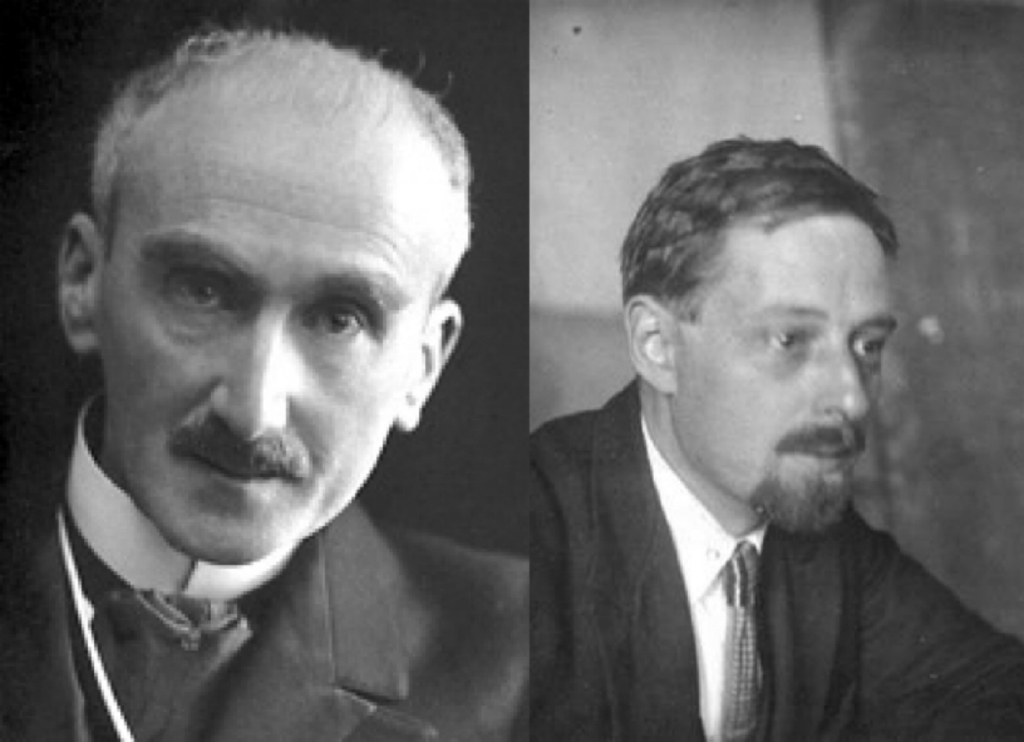
Humour and comic are typically human mysteries. Although some good books have been written on the subject, and here I allude at Henri-Louis Bergson’s 1899 work Le Rire : essai sur la signification du comique (Laughter: An Essay on the Meaning of the Comic) as well as Владимир Яковлевич Пропп’s (Vladimir Yakovlevich Propp) Проблемы комизма и смеха. Ритуальный смех в фольклоре (On the Comic and Laughter. Ritual laughter in folklore)[1], it is still unclear today what makes humans (and only humans)[2] laugh.
A sense of humour is something personal and regional. There are people with a universally accepted sense of humour, there are individuals with a quirk sense of humour and there are persons with a reputation of having no sense of humour at all. There are many prejudices that some ethnicities in general have no sense of humour. The sentiment is probably mutual. In the end it all comes to the fact from the first sentence of this paragraph. We all possess a sense of humour[3]. The only question is does it correspond to the other person’s one.
So here I shall try to retrace my personal history of humour, attempting to find who and/or what has influenced the kind of humour I like and esteem.
One starts building one’s own sense of humour at an early age. It is probably influenced by the family members’ senses of humour that become the first model to the child.

My father was a cinéphile, so he lighted the same flame in myself. (I believe that in my life I have spent more time in the local cinémathèque than in all the other cinemas put together.) The first comedies that really had an impact on me were USA silent ones. Charlie Chaplin and Laurel and Hardy were probably the first comic heroes of my life. It was at a later age that I discovered Buster Keaton’s version of the mechanised, one-vs.-all type of comedy[4]. I became aware of Harry Langdon’s films directed by Frank Capra even later, while Harold Lloyd’s comedy never really caught my eye. At the moment, I prefer the opposition of Keaton’s often frenetic rhythm vs. Laurel and Hardy slowly, systematically destroying property[5]. At an even later day I discovered the only proper talkie silent comedian, the French Jacques Tati, and his six feature-length films[6]. So my father has passed me his passion for visual humour. Yet, later I found that words might be as humourous as well. Hey, I am a linguist after all!
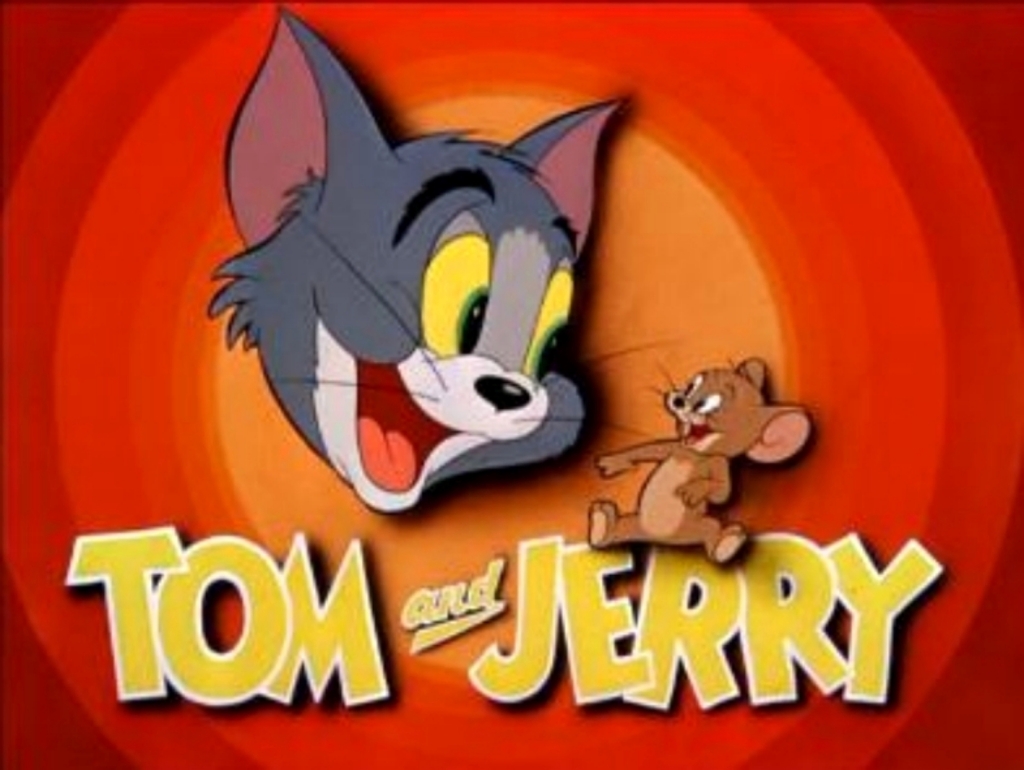
Somewhere at the same time cartoons caught my eye as well. On our local TV a cartoon was screening every evening before the central News broadcast. I remember how anxiously I awaited every evening’s cartoon, often to be disappointed by some poetic Czech baloney they aired instead of a full-fledged USA action cartoon. My favourites were, and still are, Tom and Jerry. With a special note: Do not accept any Toms and Jerries that were not produced by William Hanna and Joseph Barbera! In 18 years the duo has created 114 shorts full with action and impossible things happening all the time. Later I discovered that the characters of Tom and Jerry are far from being two-dimensional ones (or even one-dimensional like Will E. Coyote and Road Runner). The relationship between the cat and mouse is an interestingly complex one. Moreover, speech plays a minor role in those shorts, unlike the vast majority of Warner Brothers’ cartoons[7].

That is not to say that I disliked all Warner Bros.’s cartoons. I did only the sickly predictable ones. The Goofy Gophers are extremely amusing with their (upper-class stereotype British) accents and their unbearable politeness. Foghorn Leghorn is actually a non-good guy in his own cartoons, mischievous to put it mildly, but in the end he usually gets what he had been asking for. Ralph Wolf and Sam Sheepdog could seem a rather clichéd cartoon, but the amicable relationship between the two (except when they are at work) renders the whole state of affairs hilarious[8].
Then there was my paternal grandmother, a great fan of classic Universal horrors like Tod Browning’s 1931 Dracula and James Whale’s 1931 Frankenstein. She preferred some dark humour, even when feeding me.
(dropping a bit of bread into the stew): “He died.”
(covering it with the stew): “Now we’ll bury it.”
(pushing it into my mouth): “And now we’re going to put him into his little grave.”
Galgenhumor? Yes, please!
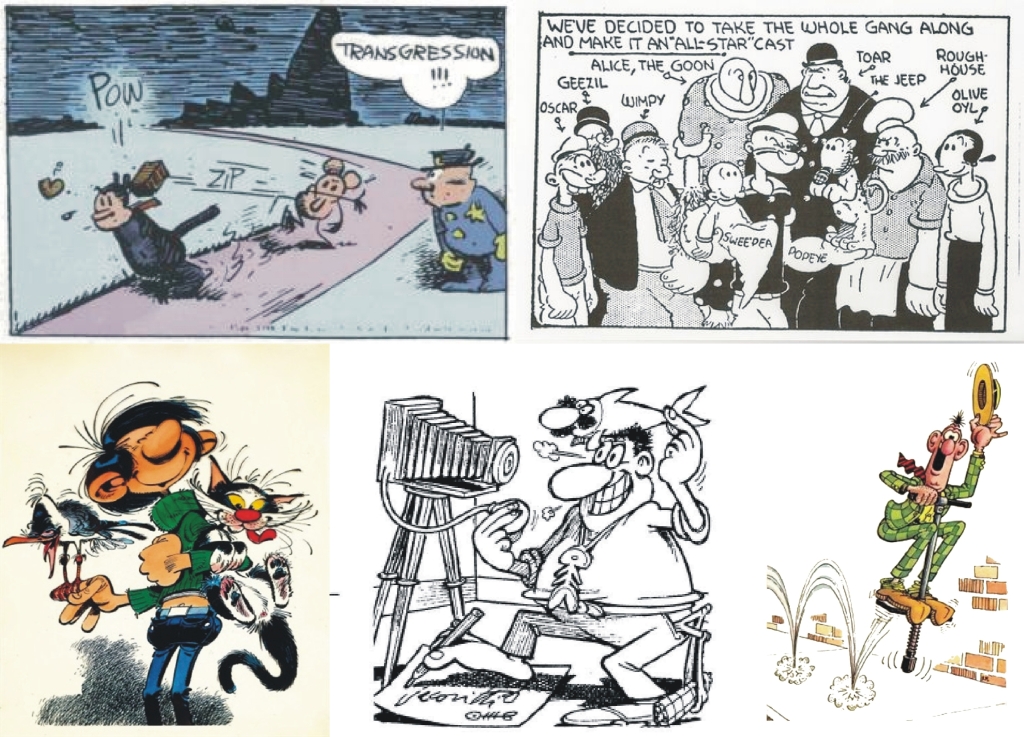
Of course, I read comic strips. Both my mother and my father read comic strips as well. They taught me to appreciate comic strips’ classics. And I still do. And comic strips, especially vintage ones, like George Herriman’s Krazy Kat or E. C. Segar’s Popeye the Sailor, only added to the kind of humour that was developing within my mind. This was a surrealist kind of humour, with many absurdities. They were joined by a later comic strip, André Franquin’s Gaston Lagaffe, one of the most fanciful comic strip characters ever created. Last, but not least, there are two idiosyncratic comic strip authors with both a distinctive graphic style and a peculiar sense of humour, both of which immediately recognisable at first glance: the Italian Benito Jacovitti and Don Martin from the USA. So I never really dug the super heroes. Yes, they were flashy to look at but not so fleshy beneath. From the golden age comics I grew up into the USA and French underground.
The interesting thing is that as a child I was aware that in everyday human life you cannot do some of the things seen in cartoons and comic strips. I knew that you cannot hit the clothes iron with your head and then continue with the chase as if nothing has happened. It seems to me that the children of today do not perceive the border between a drawn universe and the real one. I suppose that the more realistic games and toys are, the less fantasy and imagination children have to invest in playing and thus that the less they develop them.
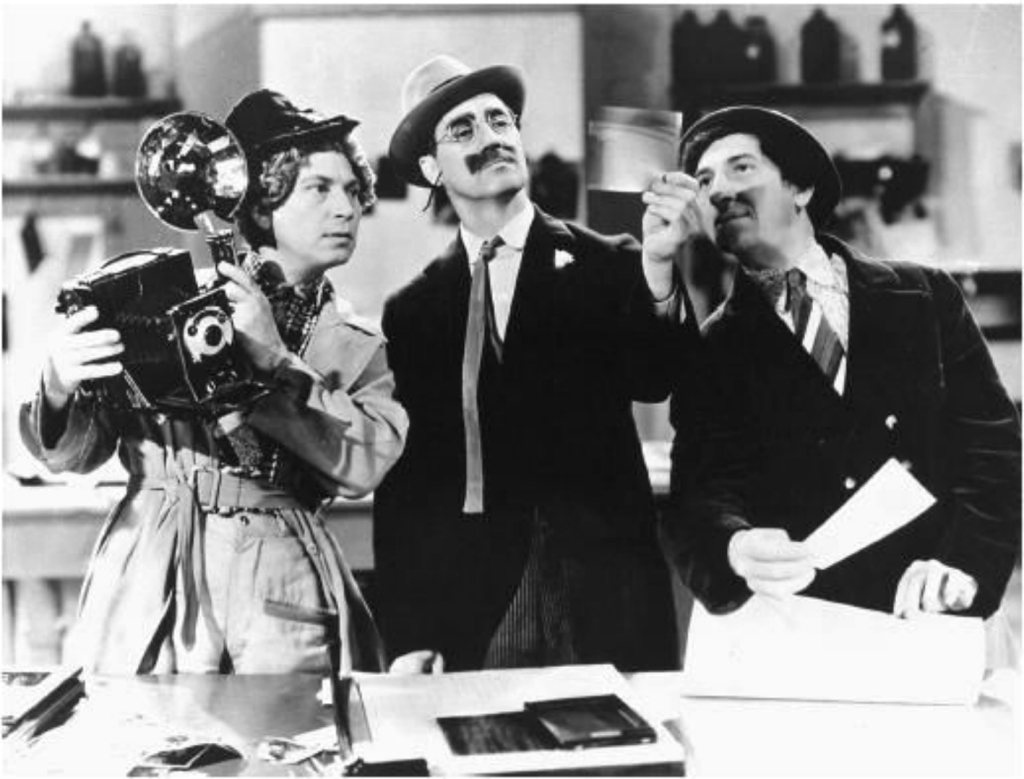
The affinity for the absurd and surreal in comedy was boosted by the Marx brothers’ movies. When I first saw them (and I remember they were re-running A Day at the Races over and over again on TV) I hardly understood their linguistic finesses. I do not remember the translations, but I deem them to be inferior to the original. It took me years to get their jokes. I am still not sure that I got all of them to the full, but there is time for me to learn more. Movies are subtitled over here, so I can listen to the original and check the translation. Just for the record, my favourite Marxist feature today is Duck Soup.
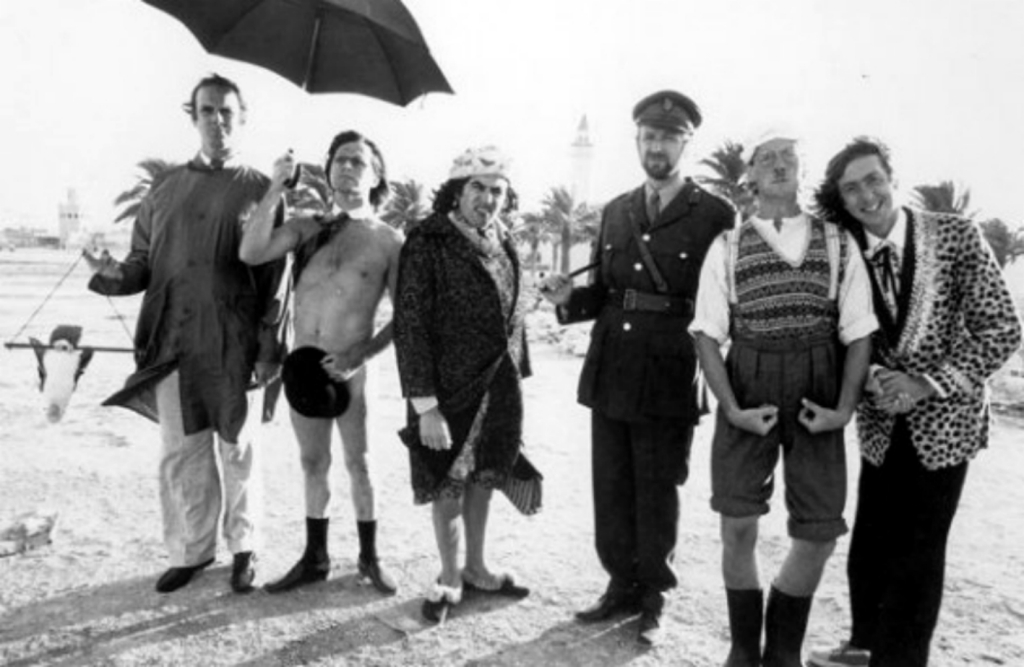
The same goes for Monty Python’s Flying Circus. When I first saw it on TV, I was too young to understand everything. (And a deity of your choice knows what was the subtitling like[9]!) Yet I still remember the freemasonry and silly walk sketches from those days! The Circus did not run for long on local TV, and it took us almost 20 years to see the show again.
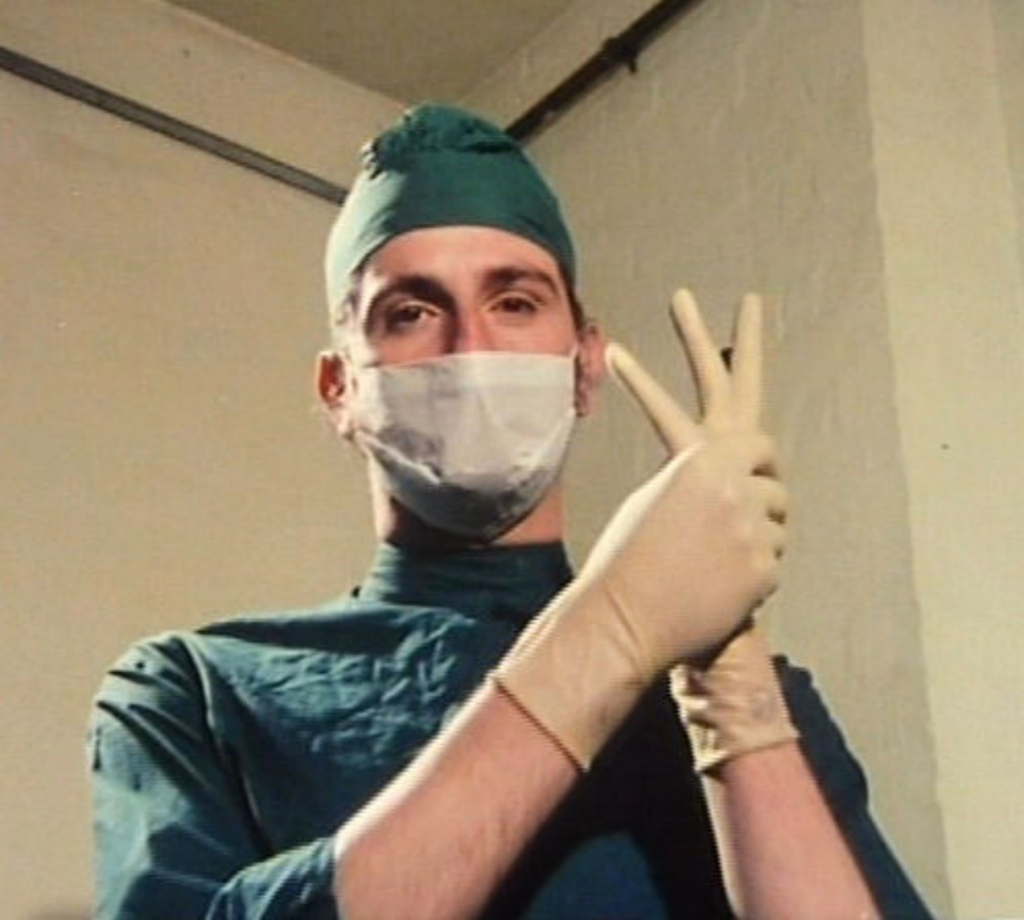
One of the collaborators of the later-stage Pythons was Douglas Adams, whose novels The Hitchhikers’ Guide to the Galaxy, The Restaurant at the End of the Universe and Life, the Universe and Everything became latter additions to my humouristic canon[10].

There was even a local counterpart to Monty Python’s Flying Circus over here. It was called Teversenove bajke (The Fairy Tales of Teversen), I liked it as well and I still remember some gags, like the delight of the sports newsman when he managed to utter the name Garmisch-Partenkirchen correctly; or the Quiz show rigged so that the representative of the public cannot win over the representative of the television; or when the newsman was naked behind some plywood suit props. Sadly, I could never find the show again. I would like to verify whether it was really so funny or was it just that I was so young.

Sometime later I found delight in literature as well. Early on I discovered the humour classics that I still revere today. Moreover, I found out that all I have to know about life, the universe and everything could be found in their books[11]. The first was Jerome K. Jerome, whose travelogue Three Men in a Boat (To Say Nothing of the Dog) remains a classic a century and a quarter after being first published. Jerome’s humour is a bona fide literary one, no one has succeeded yet to transpose his rich network of present events and reminiscences from past experiences into a meaningful movie[12]. And I believe that no one ever will. It were Jerome’s nicely constructed sentences that guided me to Oscar Wilde’s witty syntax. The next literate classic of humour in my life was the Czech Jaroslav Hašek and his classic novel Osudy dobrého vojáka Švejka za světové války (The Fateful Adventures of the Good Soldier Švejk During the World War). Alas, Hašek’s work is virtually unknown outside of Central (and Eastern) Europe[13]. If you have not read it yet, you can take my word that it is as anti-war as is Joseph Heller’s Catch-22 (which has also joined the club much later), it is just some four decades older. The final author I would like to speak about here is the Israeli humourist Ephraim Kishon. At first I believed his short stories were mere exaggerations. And then I visited Israel…
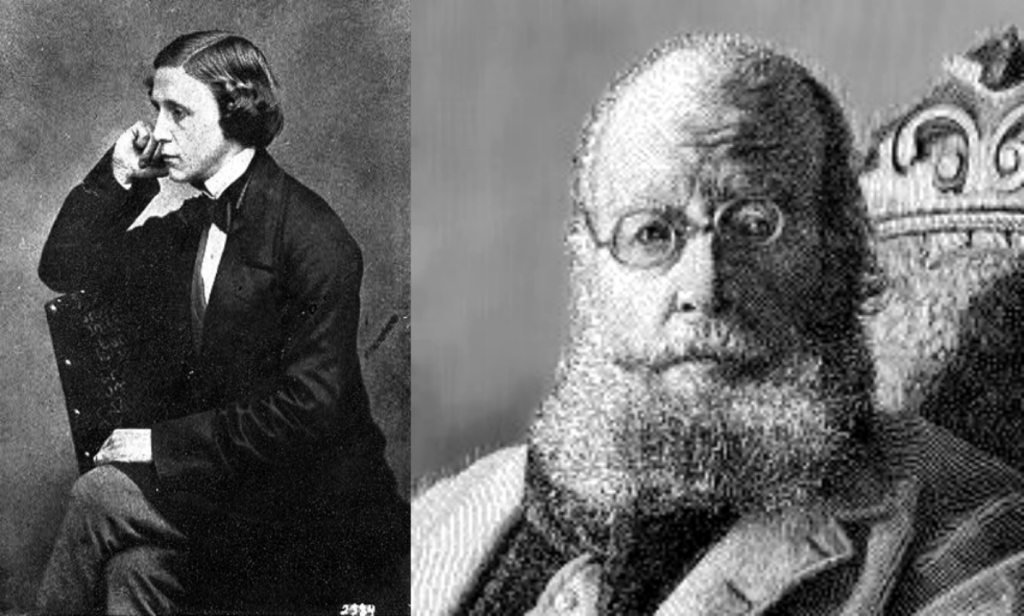
My inclination to nonsense humour lead me to two English classics of the genre. We all read Lewis Carroll’s novels as children, but to fully appreciate both Alice’s Adventures in Wonderland and Through the Looking-Glass, and What Alice Found There one must grow up and acquire an edition with rich accompanying material and explanations. Of course, Carroll’s Jabberwocky is just like a dessert for a linguist, with chocolate icing and a cherry on top. The same goes for his Hunting of the Snark (An Agony in 8 Fits)[14], a nonsense classic. Another nonsense classic is Edward Lear, whose paintings and Illustrations of the Family of the Psittacidae, or Parrots are mostly forgotten now in favour of his limericks. Lear’s limericks are not the most exemplar prototype of the genre:
The limerick packs laughs anatomical
In space that is quite economical,
But the good ones I’ve seen
So seldom are clean,
And the clean ones so seldom are comical.
Lear’s are never naughty and seldom have a punch line. But they are nonsense classics. Between the two of them, I prefer Carroll’s structured nonsense to the totally nonsense one by Lear[15]. By the way, I adore writing limericks. But as many of them concern actual people (and include the mandatory naughty bits), the chance for someone to read them is very, very petite.
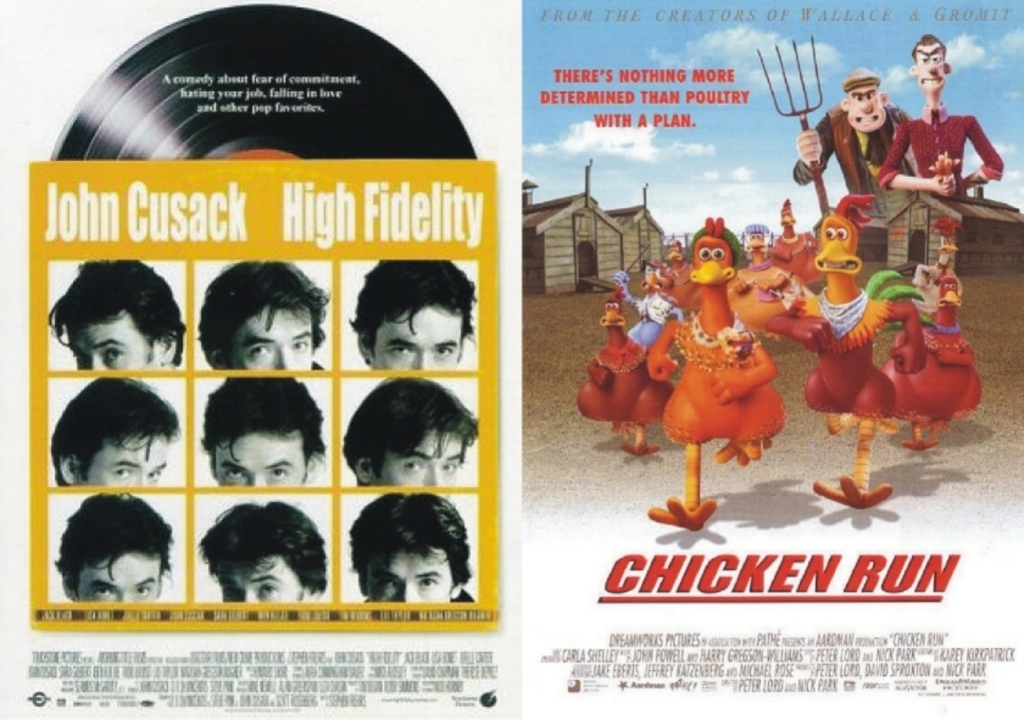
Postmodernism brought another kind of humour I adore – the one you have to know the background of to fully enjoy the laugh. I remember watching Stephen Frears’sHigh Fidelity in a cinema and laughing aloud while most of the public kept silent. The humour was hidden in the musical allusions onscreen. The same thing happened with Peter Lord’s and Nick Park’s Chicken Run. The allusions to classic World War Two prisoner-of-war camp breakouts, like Stalag 17 and The Great Escape were hilarious. Of course, you had to know those movies beforehand. I always like when I find a fine allusion within a work of arts and entertainment.
A special category is what I call “found” humour. This happens when you walk the street minding your own business and then you perceive something, an ordinary detail, nothing special, but it manages to produce laughter in you, and you only. If you try to retell the event to someone else, the humour of it would probably get lost.

Among movie directors, I find most of Luis Buñuel’s movies and most of post-WWII小津 安二郎’s (Ozu Yasujirō) ones that I have seen as comedies of a kind. Reading Buñuel’s hilarious autobiography Mon dernier soupir (My Last Breath) surely helped to find humour within his movies. Although many are willing to disregard his classic debut Un chien andalou as a simple call for murder, when seeing it (again and again) some days ago, I discovered that Buñuel & Dalí have made a perfect satire of Latin-American soap operas, only some 50 years before they even became popular worldwide. As far as Ozu is concerned, the opinion in the West is that Japanese either have no sense of humour at all or that they have an extreme one[16]. Ozu’s movies (at least the ones made after World War Two) are perfect family comedies (in the sense that they deal with family stuff, and not that the whole family should go see one), but à la japponaise[17]! There are many other film auteurs who included more humour in their classics than meets the eye.

As man grows older, one starts to comprehend what politics is and what it should be. Many a work of art is in fact a political satire, primarily Travels into Several Remote Nations of the World, in Four Parts. By Lemuel Gulliver, First a Surgeon, and then a Captain of Several Ships by Jonathan Swift, a satire on 18th century British society, but still up-to-date in the present; and Мастер и Маргарита (The Master and Margarita) by Mikhail Bulgakov, a story of a visit of the devil and his entourage to socialist Moscow, the masterpiece so sadly ignored in the West, more and more actual in these days; George Orwell’s Animal Farm ‒ A Fairy Story, far more intriguing than his other, more famous dystopian novel; as well as television series Max Headroom (the first cyberpunk prime time TV-show, and short-running accordingly) and Yes Minister and Yes Prime Minister, one (or is it two?) of the greatest political satires ever, a textbook of practical politics.
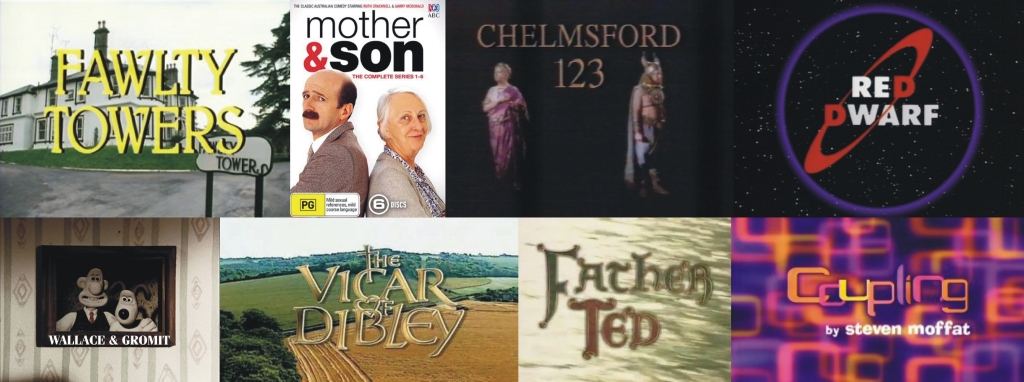
Then came the sitcoms. The British ones were the first to be shown on our local television. The first ones (I remember On the Buses) were not very good, but then some really great ones arrived, and although I do not remember the exact chronology of their appearances in the programmes, they included John Cleese’s and Connie Booth’s take on the maniacal owner of the Fawlty Towers, the non-British Australian sanguinary Mother & Son, still presenting a humour whose British origin was unmistakable, Chelmsford 123, one of my sweet guilty pleasures, non-pretentious but funny, the SF sitcom Red Dwarf, but only while it was written by Grant Naylor, Wallace & Gromit, a hilarious masterpiece of stop-motion animation, The Vicar of Dibley, another of my guilty pleasures, with Dawn French as one of the sexiest vicars in history, (and while we are dealing with priests) Father Ted, basically a parody of sitcoms whose whole crew was Irish, but it was produced by the British, and Coupling, a sitcom about love and friendly relationships that beats its USA counterpart[18] at all fronts.

The USA sitcoms that we have seen, when compared with the UK ones, were rather bland. The exceptions were two parodies of TV police series, the wordplay-rich Police Squad! and the satirical approach to Dirty-Harry-kind-of-detectives Sledge Hammer!. Northern Exposure was not exactly a sitcom, but it was surreal enough and packed with enough interesting characters to be funny, at least until Rob Morrow has semi-retired from the show. Just like Father Ted, That’s My Bush![19] was more a satire on sitcoms than on a highly incompetent state president. 8 Simple Rules for Dating My Teenage Daughter was one of the rare USA sitcoms with a non-preposterous premise, at least as long as John Ritter was starring in it. Alas, his early demise meant the practical end of a series that lingered for another season or so, but was already condemned[20]. Four animated series should be mentioned (but each one only to a point!), The Simpsons, Futurama, South Park and Family Guy. My USA guilty pleasure is Dog with a Blog, silly but well aware of being silly, and entertaining.
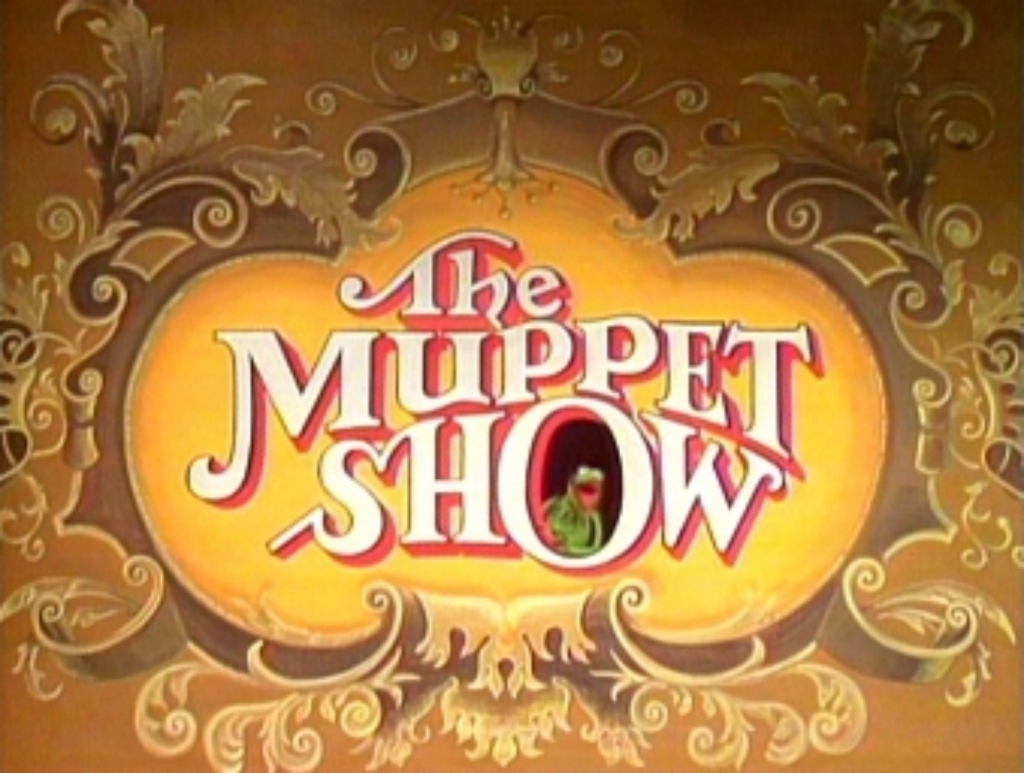
One more USA show should be mentioned, not a sitcom, but a sketch show. The Muppet Show, the pinnacle of Jim Henson & Co. Muppet endeavour.

Another sitcom that I have found out recently is the Israeli רמזור (Traffic Light), about three friends, a married one (red light), one living with a girlfriend (yellow light) and a free, promiscuous one (green light). It is adult humour, Israeli adult humour, and it comes as no surprise that the USA version ended after a single season because USA audiences simply have not grown up yet to understand adult jokes[21].

Of course, not all good humour came from abroad. Good and catchy local humour is based on a single prerequisite: living language. Standard literary language might be well-suited for administrative and bureaucratic means, but to evoke real life a living language is needed. And the three following examples are all in such a language. Miljenko Smoje’s TV series Naše malo misto (Our Little Town) depicts life in a small Dalmatian town in the first half of the twentieth century through the prism of the town chronicle written by the local postman, an amateur chronicler. Krešo Golik’s Tko pjeva zlo ne misli (One Song a Day Takes Mischief Away) is a comedy about a family infidelity seen through the eyes of 6-years old Perica. With a happy ending, this is not a tragedy! There is an amount of singing in the film, but it is all incidental music, thus it cannot be defined as a musical. (Thank any deity of your choice!) The last one is another TV- series, Mladen Kerstner’s Gruntovčani (People from Gruntovec), set in a fictional remote village of Gruntovec in Podravina and revolving around the peasant nicknamed Dudek, whose troubles ensue from his honest and naive nature, since his fellow villagers take advantage of him to the greatest extent. Both Naše malo misto and Gruntovčani were not officially announced as humouristic series, but as dramatic ones. Nevertheless, both of them exude a pretty amount of humour, and their characters, persons from the people, became part of folklore humour almost immediately after their first screenings.
This is not a thorough list of all my favourite humourist works and authors. A thorough list would need more space and much, much more patience on the part of the reader.
And yes, my dear reader, the initial dialogue did concern me, your humble blogger.
So, if you talk about somebody else’s sense of humour, avoid the adjective “stupid.” Proclaiming something that you did not understand to be stupid might often tell a lot about you.
[1] Both part of my university comparative literature study reading list.
[2] Do apes laugh? Do monkeys?
[3] Weeell, maybe not all. Humour still needs intelligence…
[4] Against Chaplin’s one-vs.-one type.
[5] See, for instance, Big Business.
[6] I went to see one of his films with my grandfather. Probably Jour de fête (Celebration Day) or Les Vacances de M. Hulot (Mr. Hulot’s Holiday) ‒ or even Mon oncle (My Uncle)? The film was not translated and my grandfather did not know any French but tears were rolling down his face from laughter.
[7] I wasn’t aware of how much speaking there was in the original Tom and Jerry cartoons until I binge saw all of them at a rather adult age.
[8] The Goofy Gophers appeared in 8 cartoons from 1947 to 1965, Foghorn Leghorn in 29 cartoons from 1946 to 1964, and Ralph Wolf and Sam Sheepdog in 7 cartoons from 1953 to 1963.
[9] Concerning movie translations, some of them are able to turn any movie into a hilarious comedy!
[10] The last two, here unmentioned novels were quite a disappointment to me. Mainly for the absence of Marvin.
[11] Unlike philosophical books!
[12] Not that there were not any! In 1920, Challis Sanderson directed Three Men in a Boat, a silent British film with Lionelle Howard as J., H. Manning Haynes as Harris and Johnny Butt as George. In 1933, Graham Cutts directed Three Men in a Boat, a British film with William Austin, Edmund Breon, and Billy Milton. In 1956, Ken Annakin (no, not that Anakin!) directed Three Men in a Boat, a British film with David Tomlinson as J., Jimmy Edwards as Harris and Laurence Harvey as George. In 1961, Helmut Weiss directed Drei Mann in einem Boot, an Austrian-German film very loosely based on the book. In 1975, Tom Stoppard adapted and Stephen Frears directed Three Men in a Boat, a BBC-produced version for television, with Tim Curry as J., Michael Palin as Harris, and Stephen Moore as George. In 1979, Наум Борисович Бирман (Naum Borisovich Birman) directed Трое в лодке, не считая собаки, a musical comedy filmed by Soviet television, with Андрей Александрович Миронов (Andrei Aleksandrovich Mironov) as J., Александр Анатольевич Ширвиндт (Aleksandr Anatolyevich Shirvindt) as Harris and Михаил Михайлович Державин (Mikhail Mikhajlovich Derzhavin) as George.
[13] He wrote another hilarious work, Politické a sociální dějiny strany mírného pokroku v mezích zákona (The Political and Social History of the Party of Moderate Progress within the Limits of the Law).
[14] It was after Carroll’s fits that Adams has named his own ones.
[15] Lear’s The Owl and the Pussy-Cat is another must-read classic!
[16] Vladimir Devidé has written a nice article on Japanese humour, that was alas! published in some obscure oriental martial arts magazine.
[17] 晩春 (Late Spring) from 1949, 麥秋 (Early Summer) from 1951, お茶漬の味 (The Flavour of Green Tea over Rice) from 1952, 早春 (Early Spring) from 1956, 彼岸花 (Equinox Flower) from 1958, お早よう (Good Morning) and 浮草 (Floating Weeds) from 1959, 秋日和 (Late Autumn) from 1960, 小早川家の秋 (The End of Summer) from 1961, and 秋刀魚の味 (An Autumn Afternoon) from 1962.
[18] You know which one!
[19] OK, what is the thing with USA sitcoms and exclamation marks?
[20] Moreover, one of the addidtion to the cast after Ritter’s departure was the infamous sitcom-killer David Spade.
[21] Just like the USA version of Coupling lived for four episodes only, and the USA Red Dwarf turned up to be just two aborted pilots. To say nothing of the three failed attempts to USA-ify Fawlty Towers, that is Chateau Snavely (1978), Amanda’s (1983) and Payne (1999).